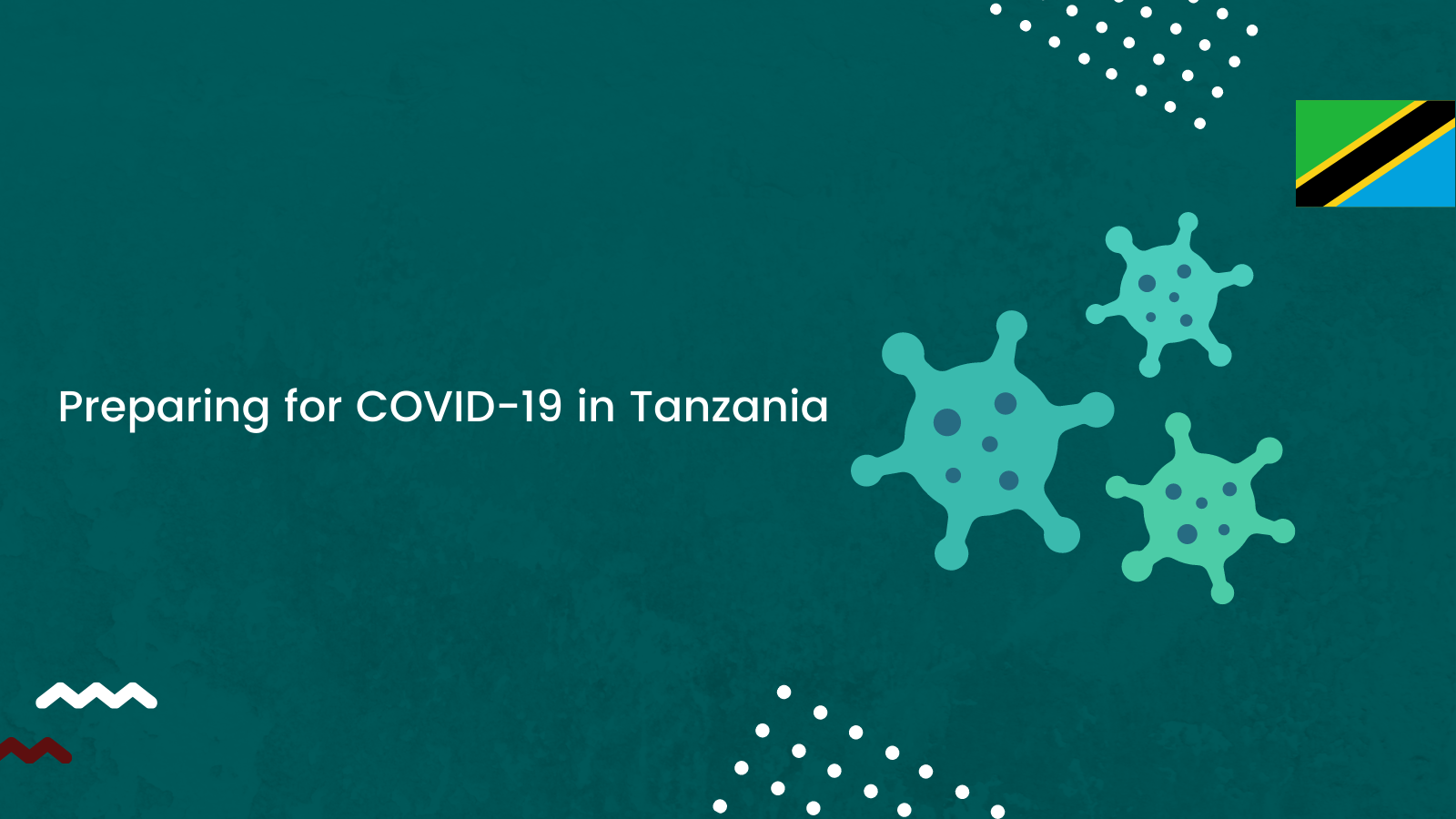As COVID-19 was declared a global public health emergency by the WHO, Tanzania began to undertake preparations to control the spread of the disease, along with undertaking strategies that were tailored to the local context. The country’s health system needed to be equipped and ready to respond to the pandemic in order to protect the health system from being overwhelmed. Pandemic preparedness in Tanzania focused on developing preparedness and response plans and guidelines, conducting preparedness assessments and trainings, earmarking isolation and quarantine centers, increasing diagnostic points of service, point of entry control and learning from prior control preparedness. In this blog, I share some of the strategies Tanzania officials have utilized to mount an effective response to the COVID-19 pandemic.
Strategic Preparedness and Response Plan on Public Health Emergencies
A Strategic Preparedness and Response Plan on Public Health Emergencies was developed within the Risk Communication and Community Engagement framework to contain the spread of COVID-19. Community participation and building trust in the government’s pandemic response were key tenets of the plan. The plan emphasized proactive and timely communication about COVID-19, ensuring access to key life-saving information, and engaging in active dialogue with community influencers, networks, and stakeholders in preventing the spread of COVID-19. Additionally, these plans and guidelines facilitated the national, regional and local government authorities’ management and control of COVID-19 by identifying key interventions, resource requirements and developing a resource mobilization plan.
Officials conducted an assessment to identify which regions in Tanzania were at higher risk of COVID-19 and determine the country’s capacity to respond. The assessment identified six priority regions as being at most at-risk due to increased international travel and commercial domestic activities and developed strategies to enhance the local capacity to respond to the pandemic.
Scaling up diagnostic services, isolation centers, and capacity at points of entry
Disease identification and management is an important aspect of controlling COVID-19. The government utilized personnel from the National Public Health Laboratory to facilitate trainings on Influenza-like illness (ILI) and Severe Acute Respiratory Illness (SARI), both of which had testing protocols similar to COVID-19 testing. These trainings equipped health workers with the knowledge to identify and control the disease before Tanzania reported its first case. Diagnostic services were enhanced through continuous training on diagnostic techniques for Acute Respiratory Illness via surveillance centers for Influenza-like illness (ILI) and Severe Acute Respiratory Illness (SARI) that have been operating since 2008. The government designated sample receiving centers, strengthened sample transportation to preserve sample integrity through the Sample Referral System (SRS) set up in December 2019 and devised strategies for timely reporting of results.
Quarantining is an essential, yet complicated component of pandemic response – it serves to reduce transmission and protect the non-infected population. Tanzanian authorities saw this as a top priority and instructed all 26 regions to designate isolation areas for potential COVID-19 cases. Some areas were also earmarked and equipped to care for a higher number of COVID-19 cases in the event they needed to relieve health facilities. The government organized simulation exercises for health workers working in COVID-19-designated health facilities to test the functional capabilities of emergency systems, procedures, and mechanisms which had enhanced the effectiveness of the country’s response.
At points of entry, the government increased the number of port health workers with expertise in infectious diseases and increased the number of walkthrough thermal scanners and handheld thermal scanners at points of entry. An isolation unit was also established at the Julius Nyerere International Airport in Dar es Salaam. Port health workers and volunteers were trained on detection and management of suspected cases. Additionally, other key personnel such as immigration officers, security officers, and custom officials were trained on detection of suspected cases, public health laws, and prevention of COVID-19 infection.
Learning from prior control preparedness: Lessons from Ebola response
COVID-19 erupted while Tanzania was preparing a response to the Ebola epidemic across eight regions in Tanzania. There were 2400 Tanzanian health workers who were trained during the 2018 Ebola outbreak in the neighboring Democratic Republic of the Congo and many of these health workers joined the frontline response against COVID-19. The country utilized its Ebola preparedness to amplify health workers’ skills and knowledge of controlling infectious diseases, establishing influenza sentinel surveillance systems and realigning health facilities to tackle this new virus. Ebola preparedness proved vital for the country’s COVID-19 response, as district health facilities that were primed to serve as isolation units for Ebola cases were then repurposed for COVID-19 cases. Health workers previously trained in patient triage for Ebola readiness have been essential in supporting the management of COVID-19.
To sum it up, these strategies were pivotal in addressing the COVID-19 pandemic and also improved the institutional preparedness and readiness to manage the next crisis that may occur.

